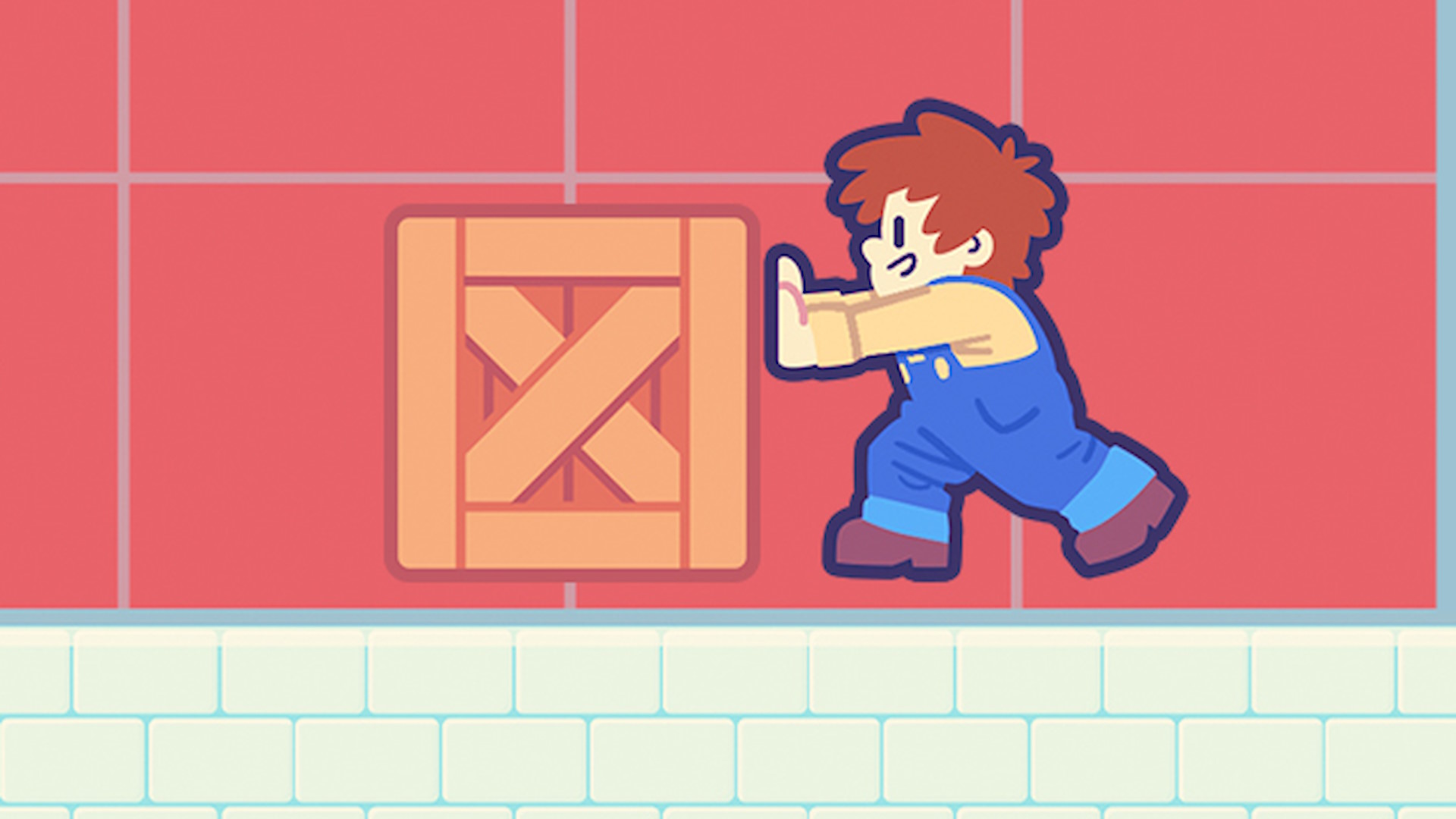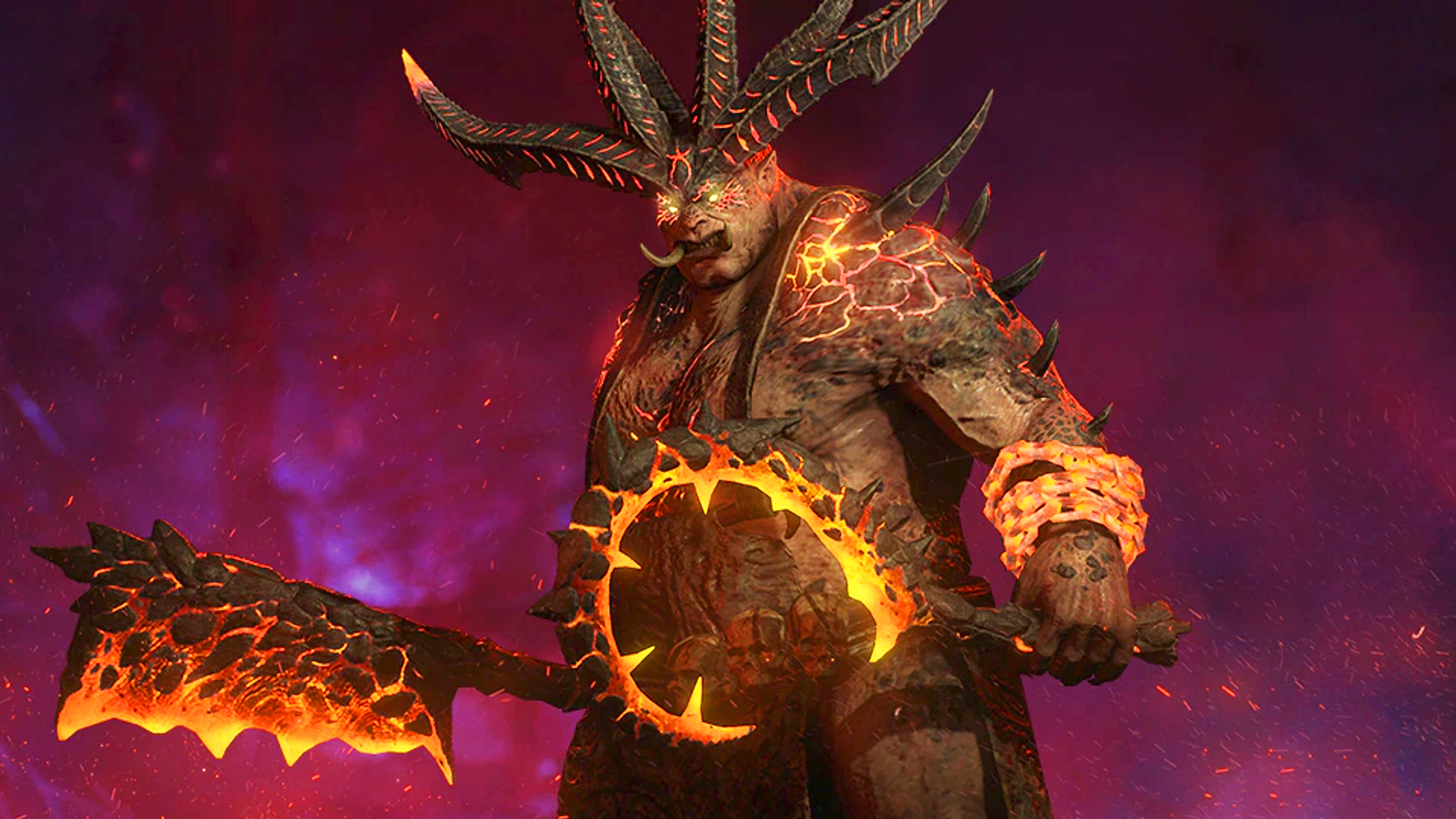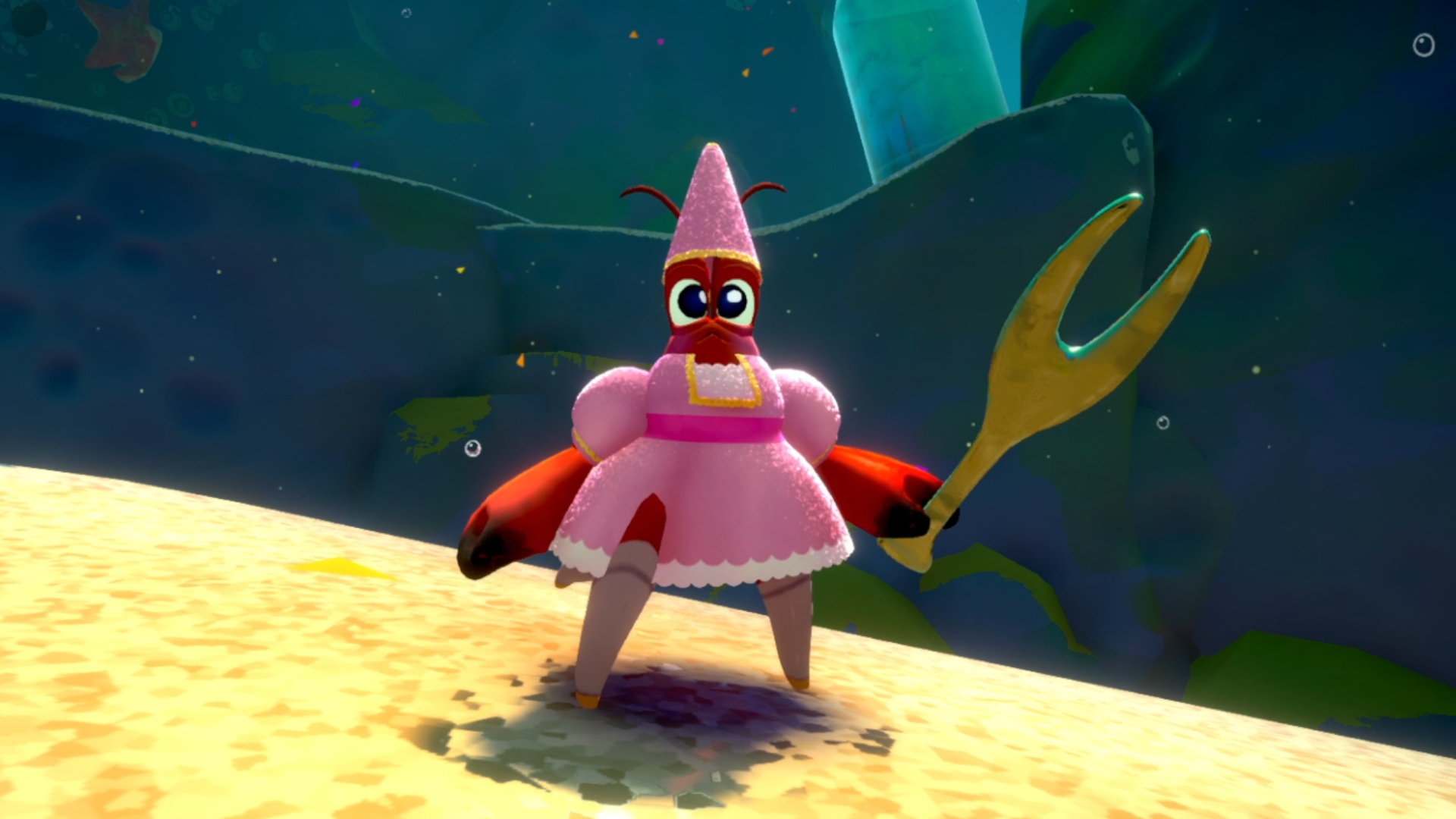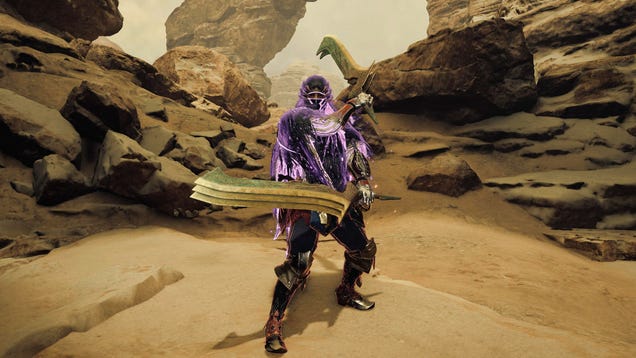
Whether it’s the Nintendo Switch, Steam Deck, or even your phone, it’s never been easier to carry an entire library of games while on the go. With Apple’s recent announcement that the iPhone 15 Pro will be able to natively play games like Assassin’s Creed Mirage and Death Stranding, it’s safe to say the mobile gaming space is about to receive a major upgrade.
The choices can be overwhelming and, a lot of the time, quite pricey – if you’re already going to buy an iPhone 15 Pro, great! Enjoy Resident Evil 4 Remake. But no one would pay a grand to do it otherwise. The Super Pocket is at the other end of the scale. It’s a no-fuss retro handheld that’s stylish and, more importantly, the basic edition costs less than a newly-released game.
It comes in two versions: the Capcom Edition, which contains 12 games like Street Fighter II: Hyper Fighting, 1994: The Loop Master, and Mega Man; and a TAITO variation, featuring 18 retro classics, from light gun shooter Operation Wolf, to one of the greatest puzzle games of all time, Puzzle Bobble, and plenty more.
Despite the Super Pocket’s very small form factor – smaller and lighter than a Game Boy Classic – it really stands out. Each has its own unique Capcom or TAITO colour scheme that really pops. There’s also the Super Pocket Limited Edition Bundle, including both the Capcom and TAITO Super Pocket, which has a smart, translucent shell that reminds me of the clear white Game Boy Advance.
After a couple hours hands-on with each model at WASD in London, it’s clear this little device punches above its weight. For the low price, the build quality is great. The colourful plastic shell is tough and sturdy, and the D-pad – which reminded me of the one on the Game Boy, in a good way – is responsive. Thankfully there’s no noticeable wobble either, unlike the Evercade EXP, and the standard A, B, X and Y face buttons feel nice and clicky. The same can also be said for the shoulder buttons located neatly at the back of the unit too.
Despite its size, the Super Pocket packs a bright 2.8” IPS screen. While that sounds small – it’s slightly bigger than the screen as the Zelda Game and Watch released a couple of years ago – I had no issues enjoying the games I played, because its images are sharp and vibrant, and a game like Final Fight is a small but pixel-perfect experience. There’s also the option to tailor the visual experience: the pixel perfect aspect ratio means you get as close to the arcade experience as possible, or you can stretch the image out to fullscreen mode to take full advantage of the display. There’s also the option of subtle or strong scanline effects, if you really want to relive the full arcade experience.
Despite its size, the Super Pocket packs a bright 2.8” IPS screen. While that sounds small, I had no issues enjoying the games I played, because its images are sharp and vibrant
Elsewhere, the single, forward-facing speaker does a good job given its size, allowing you to nicely appreciate the 16-bit tunes of Street Fighter II. It can get surprisingly loud too, but I always prefer plugging in a set of headphones anyway. Disappointingly, Bluetooth connectivity – which was also missing in the Evercade EXP – is still not supported for those who prefer a wireless audio solution.
Unlike the EXP, the Super Pocket is missing built-in Wi-Fi (although potential firmware updates are still possible via USB-C), as well as Mini-HDMI out, so you can’t experience these arcade classics on your TV. Apparently these features were scrapped to keep costs low. Thankfully, it still has the same four-hour long battery life, which is more than enough for short bursts of Street Fighter and Strider action, and recharging via USB-C only takes a few of a few hours.
Like the Evercade EXP before it, the Pocket also features a cartridge slot at the back, completing its Game Boy-like metamorphosis. This enables access to over 500+ games across 45 Evercade cartridges that pop in the back. These include the Delphine Software Collection, featuring Amiga classics like Another World and Flashback, to the upcoming Duke Nukem Collection 1 & 2, which includes 32-bit heavyweight Duke Nukem 3D: Total Meltdown, as well as Duke Nukem: Land of the Babes, which was only ever released on the PlayStation One.
Despite having a smaller screen than the EXP, I enjoyed my time with the likes of Codemasters F-16 Renegade and Super Skidmarks, both of which fit nicely onto the small handheld and are reproduced faithfully.
Switching from built-in games to an Evercade cartridge is a breeze, and the menus are simplified compared to the EXP, allowing for faster access to your game library. But one of my favourite features the Pocket has is an ‘Easy mode’, which can be used across all of the in-built arcade games. Unsurprisingly it changes the difficulty of the games, making enemy AI easier, increasing the number of lives and so on. While purists will no doubt scoff at this feature, for someone like myself – who didn’t grow up playing coin-ops of the 80s and 90s, it enabled me to enjoy the game in a less punishing environment. And of course, if you want the difficulty as it was way back when, you just have to re-enable it.
The Super Pocket also lets you take full advantage of Save and Load States for each game. This was particularly handy when trying to perfect my high scores on Space Invaders, Rastan, and other score-chasing titles. Even the guilt of missing a single pick-up is gone, because the process of saving and reloading is so fast. Save states stay on the device even after it’s powered off, so don’t worry if you run out of charge while gunning for a highscore in Capcom’s Bionic Commando – it’ll load back up in a couple of seconds.
From what I’ve played so far, the Super Pocket satisfies a mobile gaming itch I’ve been trying to scratch for a long time. I’ve floated between my Nintendo Switch, Steam Deck, and mobile phone for the last few years: the Switch is obviously home to all of my favourite Nintendo exclusives, the Steam Deck is a great PC counterpart despite its bulk, and my phone is only used for Brotato and Vampire Survivors. The Pocket is the perfect in-between, especially because I have such an affinity for retro games.
It’s a small yet worthy handheld that literally fits in my pocket, offering a tactile, premium experience with a wealth of retro and indie titles that simply aren’t available on my phone. And it costs less than a brand new Switch game. Sometimes simpler really is better.
The Super Pocket is playable at WASD in London from Thursday 14 – Saturday 16 September. It releases on October 26th and is priced at £49.99 for the Capcom, and TAITO versions, and £119.99 for the Super Pocket Limited Edition Bundle.








